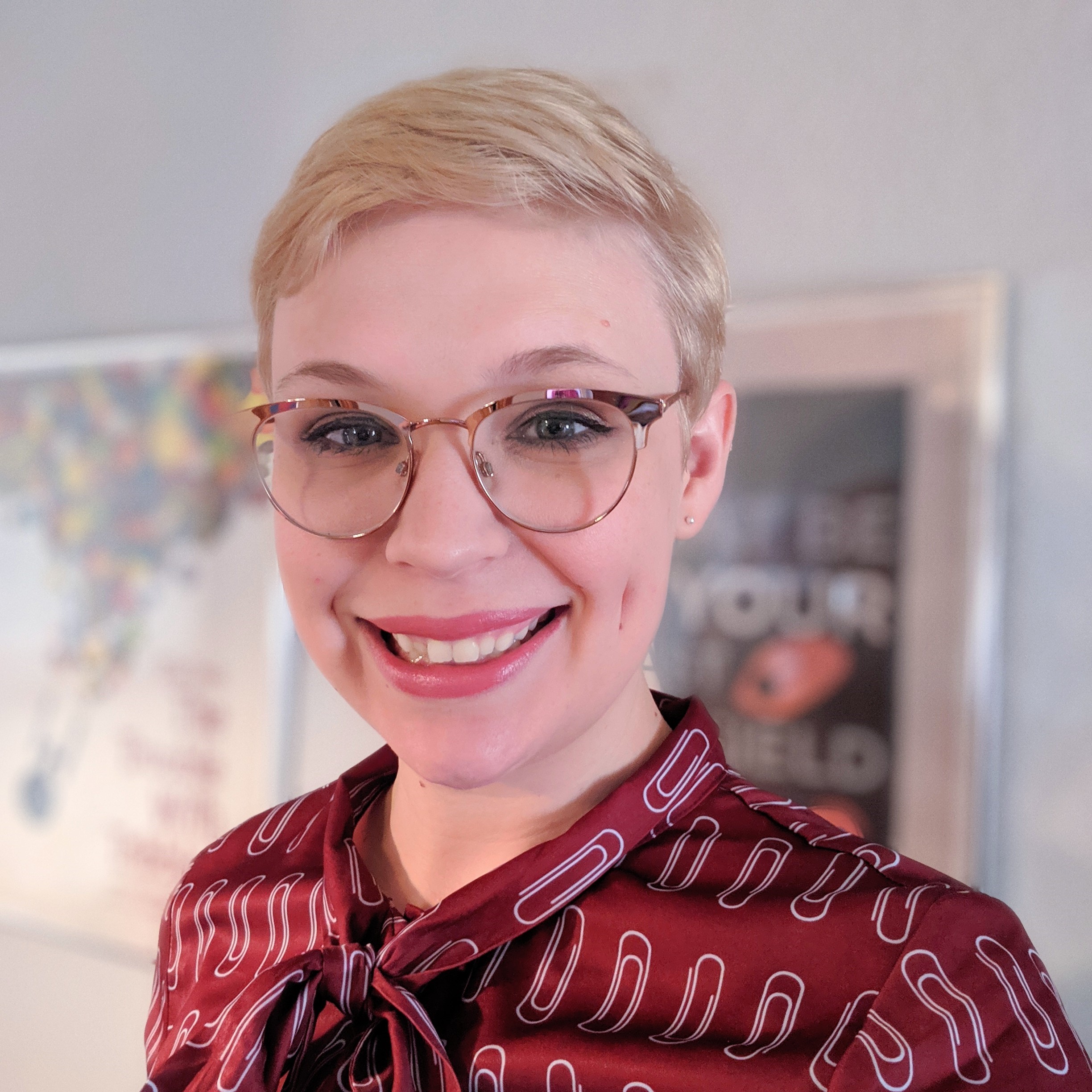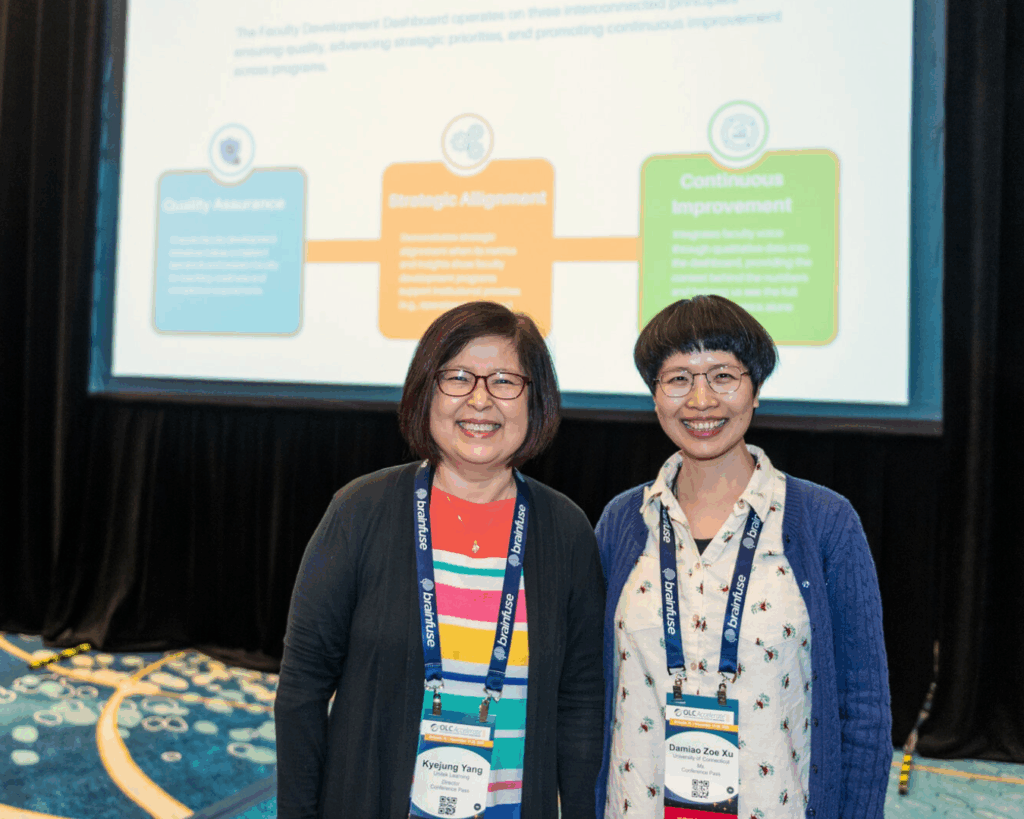Not long ago, a colleague and I found ourselves in the midst of an organization that was undergoing significant structural changes. As part of this process, we were asked to participate in conversations about what our new team would look like. We quickly found that we lacked perspective about how our colleagues saw themselves and their work and decided to do some readings about the state of our field. What we found in various surveys of instructional designers and faculty was not surprising to us:
- Instructional designers are a diverse group, and we wear many hats. In addition to designing courses, we manage projects, train others on technology, conduct research, and teach pedagogy (Intentional Futures, 2016).
- We are misunderstood. Many of us (about 62%) feel as though our role is not understood by others in our institutions (Rubley, 2016). This means that our help is often not sought or, worse yet, ignored.
- We have work to do around attracting faculty and collaborating effectively. Only 25% of faculty respondents had worked with an instructional designer on an online or blended course (Inside Higher Ed, 2018). “Lack of faculty buy in” was found to be one of our top barriers (Intentional Futures, 2016).
- We have a hard time conducting research. This may be because we don’t have the time, it is not part of our job description (nearly 75% of us), or we believe we need more training in this area (Linder & Stritto, 2016).
- We are busy. This issue was at the top of the list in both of the surveys that asked instructional designers to share their professional challenges (Inside Higher Ed, 2018; Intentional Futures, 2016). Lack of time makes it difficult for us to do the kind of work we’d like to do and to seek professional development opportunities.
Anecdotally, I’ve found that the experience my colleague and I had is common among people in our field, since the nature of our work shifts with changes in institutional strategy. I ask my colleagues frequently about how their teams have addressed the challenges identified in the literature. The responses are mixed. These professional barriers also often stifle out ability to innovate through the adoption of new technologies and pedagogical practice. As we structure our teams and position ourselves to affect the ways in which institutions create and deliver education, we need to define our values to professionalize and grow. I often wonder: Do we know where we’re going?
What We Can Become
In their excellent social science fiction paper, Macgilchrist, Allert, and Bruch (2019) present three possible futures for education and technology. The authors use current events and research to extrapolate the potential social, technological, and economic structures that may arise in the next few decades, and the situations they describe should sound familiar to those working in higher education today. It’s tempting to think that someone else, perhaps a distant provost, will be calling the shots that cultivate or prevent these scenarios, but these choices are being made right now, incrementally, in the process of design. As the authors point out, for each possible outcome, “decisions have been taken about which technologies, institutions, funding lines, research, pedagogies, relations, designs, etc, to prioritise” (Macgilchist et. al, 2019). Many of these could fall under the purview of the instructional designer, and as we shape our practice, we must have the future in mind.
Since no neutral implementation of technology is possible and education is a major catalyst for social change, it follows that our community, as shapers of learning experiences, must employ a kind of Delphian thinking as we define our role in the future of education. To achieve this, we should start by looking carefully at our purpose. The first client of every instructional designer is the learner. Yes, we have other clients in instructors, administrators, and departments, but ultimately, we hold the quality of another person’s education in our hands. If we take that responsibility seriously, we must be advocates for students. To do that, we need to start by listening to them often and repeatedly. Making ethical, evidence-based design decisions based on their feedback is just the beginning. We should be leading discussions about how to evaluate the quality of learning, recognize the holistic circumstances of students, and seek to understand their needs along with our student support peers.
To serve learners, instructional designers must champion things like the development of open education resources, the stewardship of private data, and accessibility for everyone in all learning environments. Conversations about how higher education moves toward ever-more equitable and student-centered ideals should start in our communities. If we do this work together through strong a community of practice, research, interprofessional outreach, and mutual support, we may find ourselves in the future we’d like to see.
References
Inside Higher Ed. (2018). 2018 Survey of Faculty Attitudes on Technology. Retrieved from https://www.insidehighered.com/booklet/2018-survey-faculty-attitudes-technology
Intentional Futures. (2016). Instructional design in higher education. Retrieved from
Linder, K. & Dello Stritto, M.E. (2017). Research Preparation and Engagement of Instructional Designers in U.S. Higher Education. Corvallis, OR: Oregon State University Ecampus Research Unit
Macgilchrist, F., Allert, H., & Bruch, A. (2019). Students and society in the 2020s. Three future ‘histories’ of education and technology. Learning, Media and Technology, 1-14.
Rubley, J. (2016). Instructional designers in higher ed: Changing the course of next-generation learning. Chronicle of Higher Education.
 Kasey Ford is an instructional designer who has been working in online education for 10 years. When she is not designing learning experiences with great people, she researches the role of instructional designers in higher education, interdisciplinary curriculum design, and how communities form on social media. Kasey is also a panelist in the upcoming Instructional Design Summit at OLC Accelerate 2019, and is looking forward to a good conversation about instructional design and the future of the ID profession.
Kasey Ford is an instructional designer who has been working in online education for 10 years. When she is not designing learning experiences with great people, she researches the role of instructional designers in higher education, interdisciplinary curriculum design, and how communities form on social media. Kasey is also a panelist in the upcoming Instructional Design Summit at OLC Accelerate 2019, and is looking forward to a good conversation about instructional design and the future of the ID profession.
You can connect with Kasey on LinkedIn or on Twitter @kaseycford.





